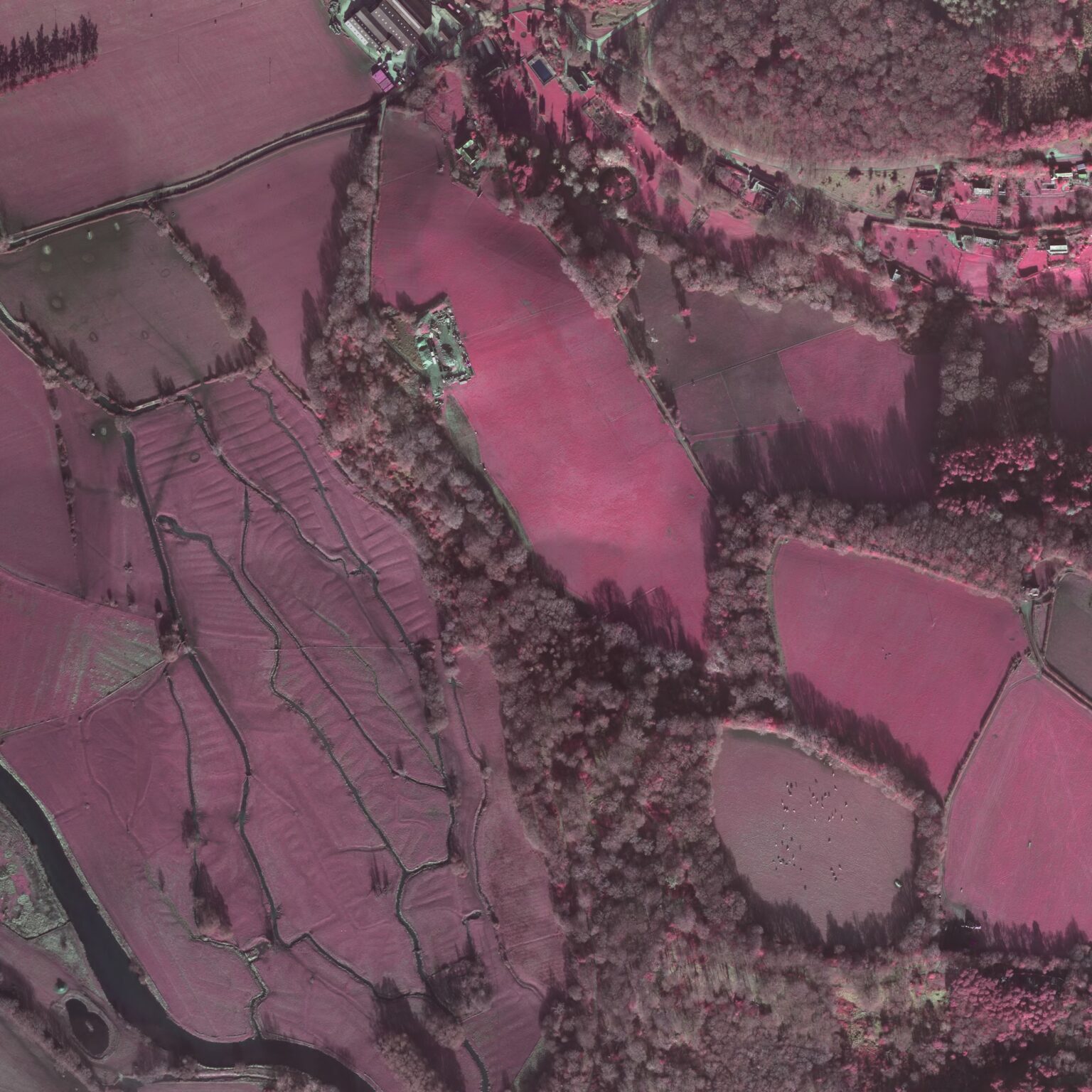Project documentation
When archaeologists think of ‘documentation’ they generally think of the reports presenting information about the project’s history, archaeological background and results. Such documentation should be a vital component of a complete digital archive but, in order truly to enable the re-use of digital data, more specialised forms of technical documentation – or metadata – are also required. Such structured metadata (i.e. data about data) should range from broadly applicable project-level information such as the project name, location and duration down to specific dataset- or file-level metadata such as which file formats are in the archive and which applications were used to create them. A succinct summary of both Documentation and Metadata can be found on the UK Data Archive website:
- Documentation: “explains how data were created or digitised, what data mean, what their content and structure are, and any manipulations that may have taken place.”
- Metadata: “are a subset of core data documentation, which provides standardised structured information explaining the purpose, origin, time references, geographic location, creator, access conditions and terms of use of a data collection.”
It is important to highlight that the creation of documentation and metadata should be an ongoing process throughout the lifecycle of the project and not just an event that occurs at the end or at the point of deposition with an archive. As a result, documentation and metadata should be seen as being useful for the data creator and not just aimed at those preserving or accessing the data (i.e. the archive and community) after the project has finished.
This chapter looks at the types and level of documentation that should be a core component of the majority of archaeological projects. The following chapter then goes on to highlight the types of metadata, including specific schema and standards, that are additionally required to aid in the discovery, preservation and reuse of archaeological datasets.
Documentation
Documentation is one of the cornerstones of archival practice and should exist in-house within a project in order to facilitate the management of associated data. The process of documentation should be actively pursued from the outset of a project as it is often difficult to create retrospectively. The relevance of documentation is often questioned as information may be implicit within files themselves (e.g. project reports), however, this does not facilitate resource discovery and data management and these are key to successful reuse of the data.
Documentation of project background
Information on the project background should be expected as part of good professional practice for all archaeological projects. The potential re-use of digital data makes it particularly important that this information is clearly reported. A digital copy of the project design, with funding and other confidential information omitted, might also be supplied to provide this information.
Methodology
For many project archives, although this may be implicit in the data types created, it is important that the techniques and recording system used are fully documented. Such considerations are dealt with by specific chapters within these Guides but for excavation projects the archive should be accompanied by a digital copy of any site recording guidance or manuals, a bibliographic references to any hard-copy publicly accessible publications, along with any details of how recording systems have been used within the specific project. Such documentation should indicate how stratigraphic units have been defined, and also how any hierarchical units have been defined. It should also include the use of context, layer and feature numbering systems, including details of site codes and area numbers; the allocation of blocks of context numbers to specific areas of the site; blocks of numbers not used, and so on. Documentation should define any codes used, providing their expansions, with reference to any standard systems or controlled vocabulary which has been used.
Any sampling strategies which have been employed on site or in post-excavation should be fully documented as these will be particularly important to allow the re-use of artefactual and environmental data. For example, layers that have been sampled or wet or dry sieved should be documented along with precise details of the sampling methodology employed. Where standard recovery levels are employed these should be documented. The strategy for defining small and bulk finds also needs documenting.
The strategy for production of the drawn record requires documentation, including details of drawing scales, and whether a system of single or multi-context plans was employed on site. Details of the site grid and its relationship to the national grid should be recorded, as well as the site datum and its relationship to height above sea level. In addition, for topographic survey, drawings details of the survey strategy need to be documented, such as whether points were taken at the top and bottom of slopes or, if on a regular grid, what grid size was used.
Site narrative and historical/archaeological context
This is important background information that will be required in order to provide an overview of the archaeological results and their significance for potential users. In many cases it may simply be appropriate to provide a bibliographic reference to the appropriate excavation or fieldwork publication, but it is important that at least a short summary is provided as part of the digital archive. In the case of excavation projects it is assumed that for most project archives the full site narrative will be deposited in digital format. It will also be valuable for potential re-use of the digital data if any particular strengths or weaknesses of the digital archive are highlighted as part of the summary, or in a separate file (e.g. ‘Comprehensive CAD-coverage’; ‘complete geo-referencing of all finds with potential for GIS analysis’).
Additional documentation
This consists of anything that will facilitate preservation and reuse of a dataset. It could, for example, be published reports, brief grey literature reports or even a few scanned pages from a notebook. These might provide information missing from, supportive of, or more detailed than metadata records.



